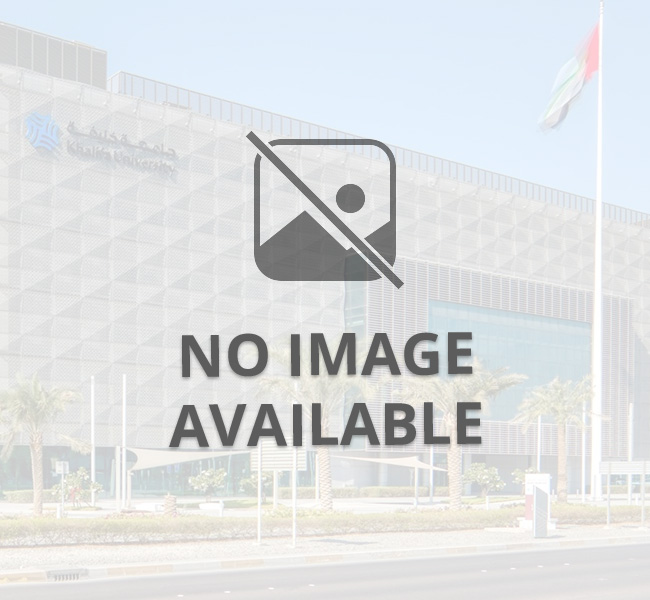
Prof. Giovanni Palmisano joined Masdar Institute, later merged into Khalifa University in 2014, and currently he is a Professor of Chemical and Petroleum Engineering. He works mostly in the field of photocatalysis applied to energy, materials functionalization, water, and environment. He is the co-author of ca. 150 highly cited journal papers, 9 patents, 7 books and 9 book chapters. He has been recipient of internal and external funding regularly, and recipient of the ADEK Award for Research Excellence twice. In 2018 he received the Faculty Research Excellence Award granted by Khalifa University for the category “Associate Professor” of the College of Engineering. Since 2019, he has been an elected member of the Faculty Academic Council of Khalifa University. Since 2022 he is an executive editor of the Journal of Environmental Chemical Engineering (Elsevier, I.F. 7.7) where he formerly had associate editor duties. Recently he was listed among world’s top 2% scientists by the Stanford University ranking (2020). Since 2021 he is Member of the Mohammed bin Rashid Academy of Scientists under the “Engineering & Technology” category and since 2023 he has been deputy director and theme lead of the Research and Innovation Center on CO2 and Hydrogen (RICH) at Khalifa University. He has been main advisor of 8 Ph.D. students and 5 M.Sc. students, one of whom won the outstanding thesis award. He has also been supervisor of a number of research engineers and postdoctoral researchers. Dr. Palmisano regularly serves in local and international committees and he has delivered several invited presentations, key-note lectures and plenary lectures in well renowned conferences.

Fixed-bed reactor for water microbial disinfection via supported metal over kaolin and metal oxide nanoparticles composites

Lab-On-Chip Blood analysis for intensive care unit patients by means of nanostructure-enhanced infrared spectroscopy

Ferrite MFe2O4 nanoparticles in advanced oxidation processes for water treatment

Phthalocyanine doped nanofiber membranes for persistent pollutants remediation from wastewaters

Supported multifunctional catalysts for water remediation and antifouling / fouling-releasing surfaces

Photocatalytic hydrogen production from wastes using TiO2-based s-scheme heterojunctions

Photocatalytic reduction of supercritical CO2: integrating experimental and computational approaches